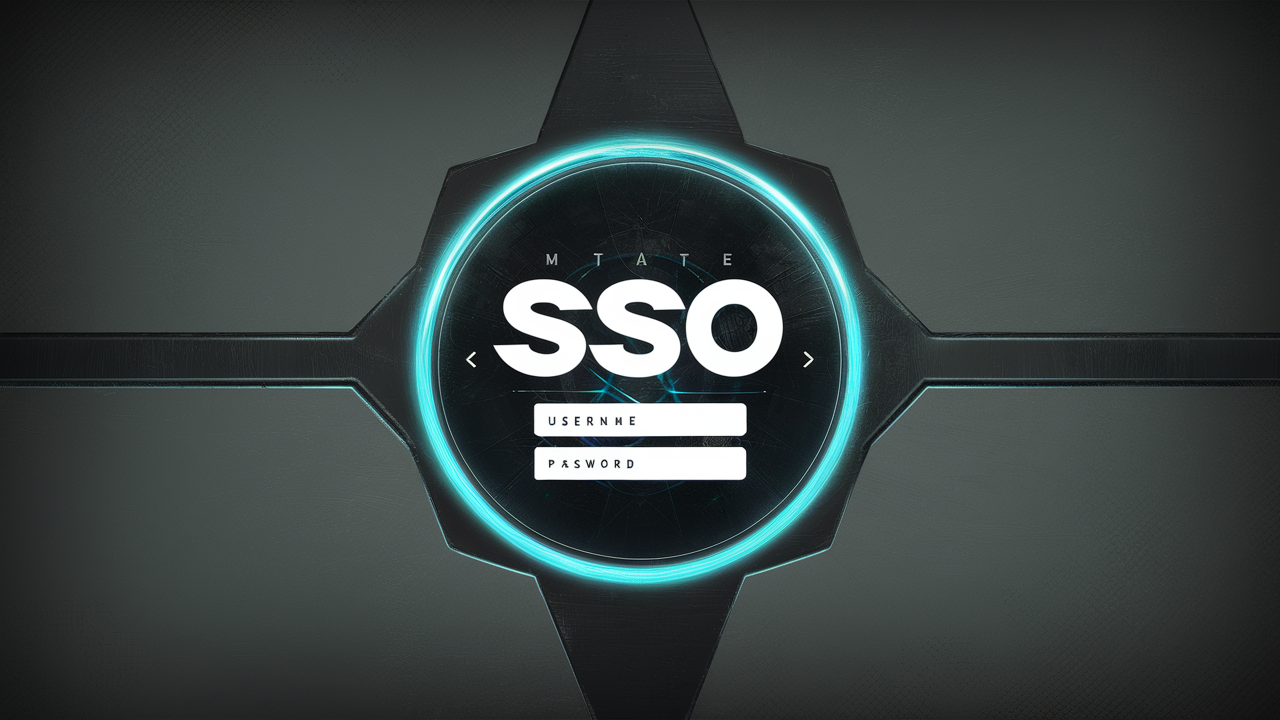In today’s digital-first world, where organizations use dozens of applications and platforms every day, managing multiple logins has become both time-consuming and unsafe. To address this challenge, many businesses, educational institutions, and governments are adopting SSO Login (Single Sign-On) solutions. The concept of SSO login allows users to access multiple applications using a single set of credentials. This not only simplifies the login process but also significantly strengthens security and improves productivity. In this article, we will provide a detailed look at SSO login, its features, benefits, working process, and common FAQs, making it a complete resource for anyone seeking to understand this powerful technology.
What is SSO Login?
SSO Login stands for Single Sign-On login, a method of authentication that enables users to log in once and gain access to multiple independent applications without needing to re-enter credentials. Instead of managing different usernames and passwords for every application, a single digital identity is used across all connected platforms. For instance, logging in once with your corporate credentials could allow access to email, project management tools, CRM software, and cloud storage simultaneously.
How Does SSO Login Work?
The SSO login process works by using an identity provider (IdP) that authenticates the user and then shares verified login information with connected applications. Here’s a simplified breakdown:
-
The user enters login credentials into the SSO portal.
-
The Identity Provider (IdP) verifies the credentials.
-
The IdP generates a secure token.
-
The token is shared with other integrated applications.
-
The user gains instant access to multiple apps without logging in again.
This seamless authentication flow is built on secure standards such as SAML (Security Assertion Markup Language), OAuth, and OpenID Connect.
Key Features of SSO Login Systems
A strong SSO login system provides several unique features that improve usability and security:
-
Single Credential Access: One username and password for multiple applications.
-
Centralized Authentication: Identity verification is handled by a central provider.
-
Secure Tokens: Temporary access tokens replace repeated logins.
-
Cross-Platform Support: Works across cloud apps, on-premise systems, and mobile platforms.
-
Integration Capabilities: Easily integrates with existing enterprise applications.
Benefits of SSO Login for Organizations and Users
Implementing SSO login solutions brings wide-ranging benefits:
-
Improved User Experience: Employees and customers only need to remember one password, making access simple and efficient.
-
Time Savings: Logging in once reduces the minutes wasted re-entering credentials into multiple apps.
-
Enhanced Security: By centralizing authentication, SSO reduces password fatigue and minimizes weak password usage.
-
Reduced IT Support Costs: Fewer forgotten password requests lead to lower helpdesk workloads.
-
Stronger Compliance: Centralized logging and monitoring help organizations meet compliance standards such as GDPR, HIPAA, and ISO.
Popular Use Cases of SSO Login
The SSO login system is used across various industries and platforms:
-
Corporate Enterprises: Employees use one login for email, HR platforms, and project management tools.
-
Educational Institutions: Students access e-learning platforms, results, and library systems through one login.
-
Government Portals: Citizens access multiple services like tax, healthcare, and employment through a single login portal.
-
Healthcare Organizations: Medical staff access patient records, lab systems, and hospital databases securely.
-
E-Commerce Platforms: Customers log in once to shop across multiple partner websites seamlessly.
SSO Login vs. Traditional Login
Traditional login requires separate usernames and passwords for each service, leading to password fatigue, increased security risks, and inefficiency. In contrast, SSO login uses a single credential set across multiple services, backed by secure token exchanges. This not only enhances security but also streamlines the user experience, making SSO a superior authentication model for modern applications.
Security Concerns Around SSO Login
While SSO login increases security in many ways, it also presents challenges:
-
Single Point of Failure: If the SSO credentials are compromised, multiple applications may be at risk.
-
Dependency on IdP Availability: If the Identity Provider goes down, access to all applications may be blocked.
-
Implementation Complexity: Requires proper configuration and security measures such as multi-factor authentication (MFA) and robust monitoring.
Organizations can mitigate these risks by integrating MFA, role-based access control, and regular audits alongside SSO solutions.
How to Implement SSO Login in Your Organization
Implementing SSO login requires careful planning:
-
Choose an Identity Provider (IdP): Popular options include Okta, Microsoft Azure AD, Google Identity, and Auth0.
-
Integrate Applications: Connect all enterprise apps to the SSO provider.
-
Enable Multi-Factor Authentication (MFA): Add a second layer of security.
-
Educate Users: Train employees on using SSO securely.
-
Monitor and Maintain: Continuously audit access logs and update security protocols.
Conclusion
The SSO login system is a game-changer in the field of digital authentication. By simplifying access, improving user experiences, and enhancing security, it has become an essential tool for enterprises, governments, and institutions worldwide. While challenges like single points of failure exist, implementing multi-factor authentication and strict monitoring can ensure maximum safety. In a world where efficiency and security are top priorities, SSO login stands out as one of the most valuable innovations in digital identity management.
FAQs on SSO Login
1. What does SSO stand for in login?
SSO stands for Single Sign-On, which allows one set of credentials to access multiple applications.
2. How secure is SSO login?
SSO login is highly secure when combined with multi-factor authentication and proper monitoring systems.
3. Can SSO login be used for personal accounts?
Yes, many personal services such as Google, Facebook, and Apple accounts use SSO login for accessing multiple applications.
4. What are some popular SSO providers?
Okta, Microsoft Azure Active Directory, Google Identity, and Auth0 are widely used SSO providers.
5. Does SSO login reduce IT costs?
Yes, because it minimizes password reset requests, reduces user errors, and streamlines authentication processes.





